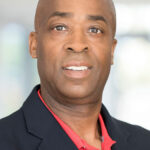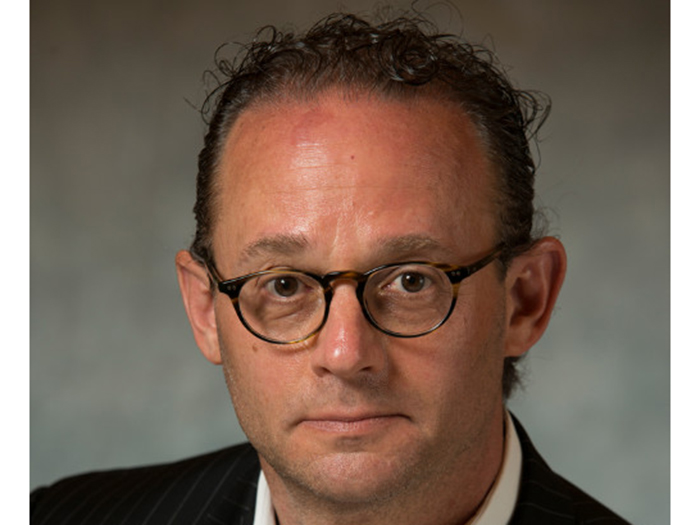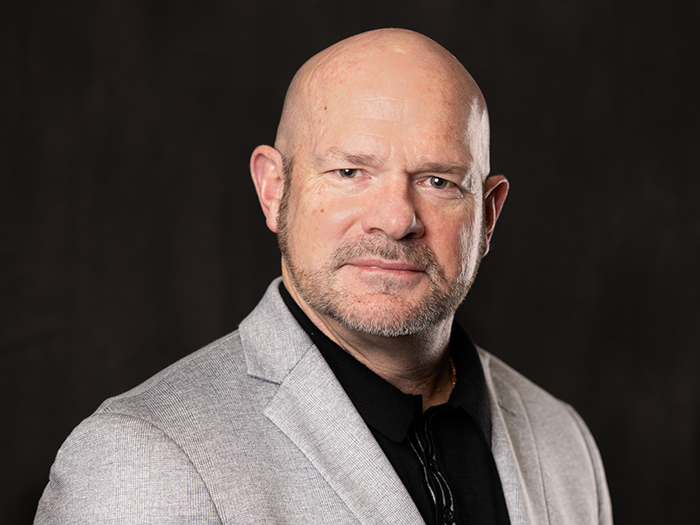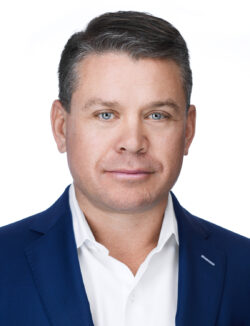How a Mentor Can Improve Injury Recovery Outcomes: Three Firsthand Perspectives
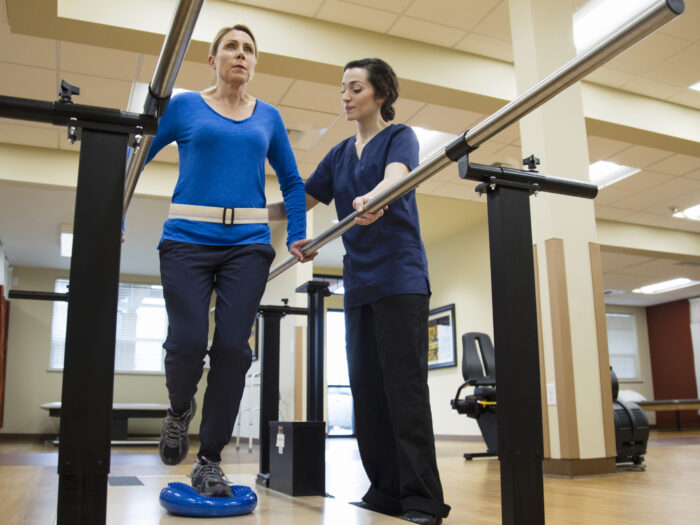
What do former MMA fighter Nathan Quarry, Optimized Outcome Solutions’ cofounder Harvey Warren and Optimized Outcome Solutions’ Douglas Amend all have in common? They’ve all experienced serious catastrophic injury.
Quarry was an active MMA fighter when he started to experience debilitating lower back pain. After the pain became too intense to ignore, Quarry found that he had a degenerative disc disease and two parts of his spine had completely collapsed. He underwent a minimally invasive spinal fusion, which was revolutionary at the time. Despite the negative possible outcomes that came along with back surgery, Quarry knew that giving up his career and living with pain was not an option for him.
Fifteen months after his spinal fusion, Quarry was back in the ring and winning the fight.
Warren and Amend also suffered spinal and back injuries — Amend broke his back after free-falling during a hike — and both underwent spinal surgery.
Like Quarry, Warren and Amend were able to experience an optimal recovery. In fact, Quarry served as a sort of mentor as Amend was in the thick of recovery. Warren has since written a book, The Optimized Patient: How to Prepare for, Survive, and Recover from Any Surgery and Major Injury.
Together, these three joined forces on the National Comp 2023 stage for a panel moderated by Brian Allen, cofounder of Optimized Outcome Solutions.
With their session “Firing Up Worker Recovery!,” Quarry, Warren and Amend all shared their personal experiences with injury, how they were able to achieve full recovery and what they want others who are looking to return to work from injury to know. Most importantly, the panelists reiterated that these insights can — and should — be used in workers’ compensation.
The Patient Is the Wildcard
Anyone who has ever undergone serious injury or surgery knows that recovery is a full-time job. And not only is it a full-time job but it’s an exceedingly uphill battle.
“Learning how to navigate a very serious injury and recovery can be quite daunting,” Warren said. “And there’s very little guidance.”
With this lack of guidance, Warren noted, patients can essentially be the wildcard when it comes to their own recovery process and outcomes.
“People want to get better; they just don’t know how,” he said.
Warren also noted that the recovery philosophy he and his co-panelists shared during their session could be applied to all physical injuries — it is not exclusive to back or spinal surgery recovery.
The Pillars of Recovery
After Amend broke his back in an accident, he enlisted the help of Quarry as he began his recovery. Initially, Amend was feeling depressed following his injury, thinking that his road to recovery would be nothing short of impossible. However, Quarry broke it down simply.
“You walk, you eat right, you follow the doctor’s orders, and in six months, you’ll be fine,” he said to Amend.
And in six months, Amend was back actively participating in his recreational ice hockey league. The advice Quarry gave him worked.
Through their own experiences, the three panelists have developed a “program” that other people in injury recovery can follow. The program centers around four pillars — nutrition, rest, activity and mindset — that are essential to achieving optimal recovery. Warren recently penned a five-part series on the pillars of recovery for Risk & Insurance.
The Workers’ Comp and Mentorship Components
While Quarry, Warren and Amend were not injured while on the job, the remedies they shared for recovery can be used within the workers’ compensation space.
“The whole idea of workers’ comp is to get [injured workers] compensated, healed and back to work,” Warren said.
He continued, “[We’re talking about] what needs to be done in terms of guiding [an injured worker’s] mindset and helping them with activity, rest and nutrition.”
Warren also noted that when an employer “cares enough to be engaged in an injured worker’s recovery” by prioritizing these four pillars, it will guide them to their best outcome.
While the four pillars are incredibly vital in recovering from extensive injury and surgery, the value of incorporating a “mentor” should not be underestimated. Without Quarry’s mentorship of Amend, he would not have recovered with the same capacity or speed.
Ideally, mentors should have firsthand experience of what it’s truly like to undergo this sort of recovery. They can then provide the necessary education and coaching to those in the thick of recovery. There is valuable insight that stems from experience. &



